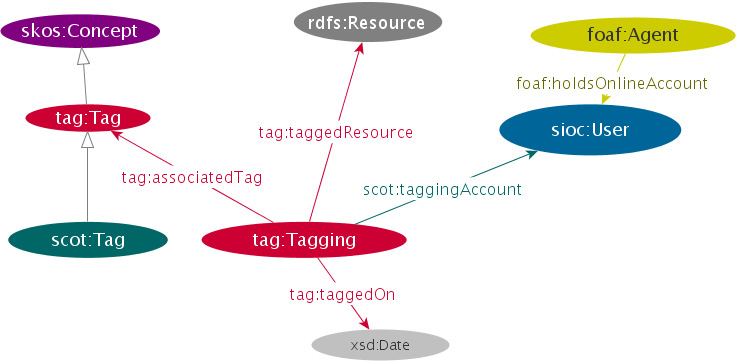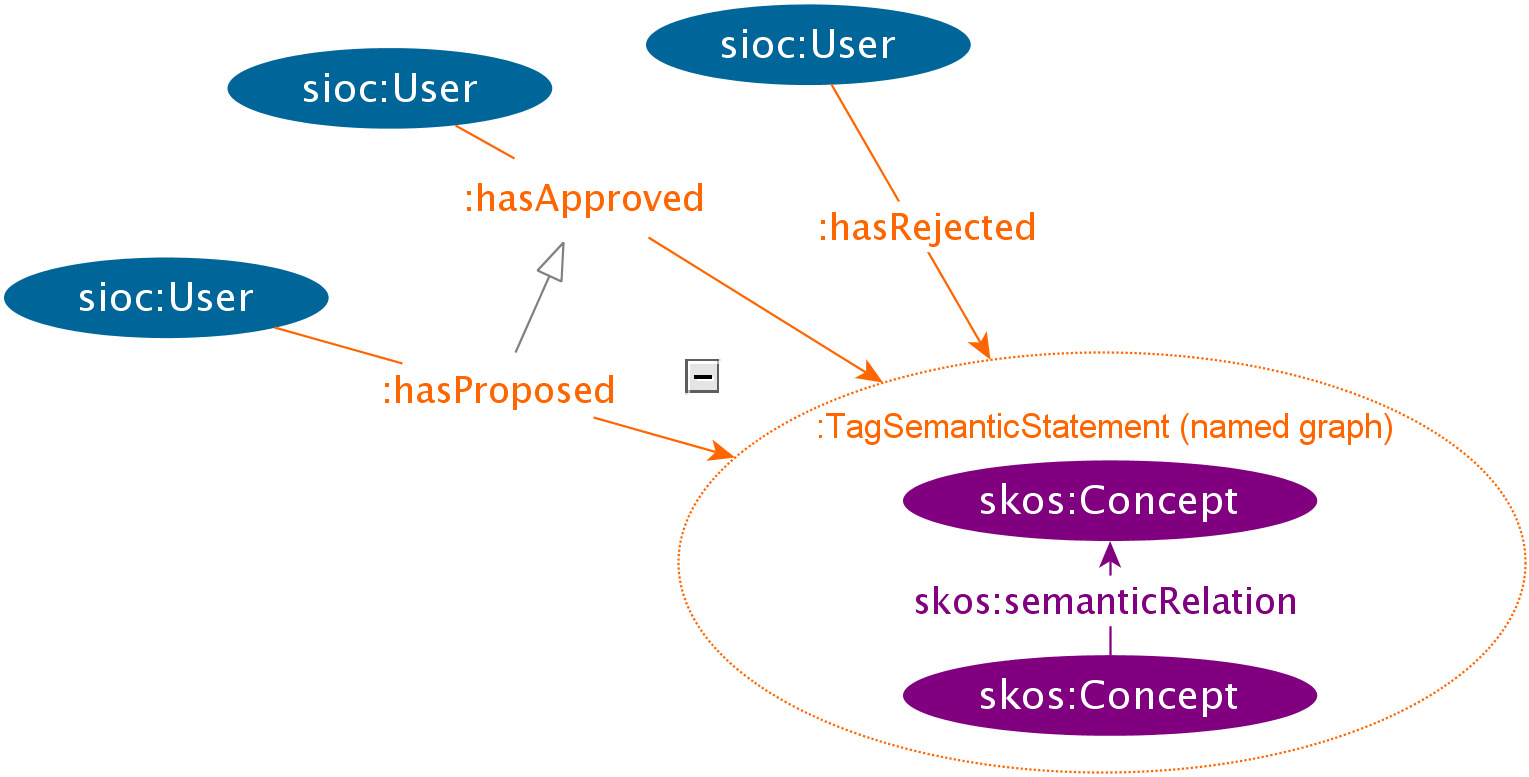Section: Software
ISICIL
Participants : Nicolas Delaforge, Fabien Gandon [resp.] .
The ISICIL software platform is made of several software components:
XUL (XML-based User interface Language) extensions for the Firefox browser to assist the technology watch and business intelligence tasks by collecting relevant metadata according to the navigation context of the user.
An application server based on Tomcat publishes services using the REST protocol to process requests of the users' applications and in particular the navigation extensions.
This architecture is summarized in Figure 1 . Its major interest lies in the flexibility introduced by the loose coupling between REST services and navigators extensions or other applications.
In the context of the ISICIL ANR project, we have developped a Semantic Web server which provides core services to manage simple tagging of resources (internal or from the Web) and to assist the semantic enrichment of the folksonomy of our communities of users. This server's implementation is based on the ISICIL main framework. The tagging model combines already existing ontologies such as SIOC (http://sioc-project.org ), SCOT, and Newman's Tag Ontology(http://www.holygoat.co.uk/owl/redwood/0.1/tags ) as shown in Figure 2 . SRTag, the model of folksonomy enrichment, is based on a named graph mechanism in order to maintain diverging statements made between tags using SKOS (for thesaurus like relation between tags) or SCOT (for spelling variant relations), and is shown in Figure 3 .
The functionnalities of this server can be divided into three categories:
Tagging : creating a tag; get tag suggestions based on the input characters; create a tagging, i.e. a link between a resource, a user, and a tag.
Computing: an external library (exported as a java jar file) has been developped to perform computations on the tagging data. Two types of computations have been implemented:
Related tag detection based on the computation of the similarity between tags [101] .
Managing Semantic relations between tags: get semantically related tags, reject or propose new semantic relations.
We developed a Firefox extension to help users navigate within a folksonomy and organize semantically the tags. The main idea behind this tool is to combine organization tasks with everyday tasks in the least intrusive way, that is to say, without forcing the user in any way, and by providing a user friendly graphical interface. This tool, developed using the XUL framework (http://developer.mozilla.org/en/XUL ), is supported by the SRTag model and the Semantic Tag Server. Users are provided with search bar for navigating the folksonomy. When available, other tags are suggested and ordered according to their semantic relation with the searched tag (broader, narrower, related, spelling variant). Each suggestion can be either :
modified thanks to a drag-and-drop mechanism where a tag can be dropped in another category of semantic relation.
Web page: https://gforge.inria.fr/projects/isicil/





